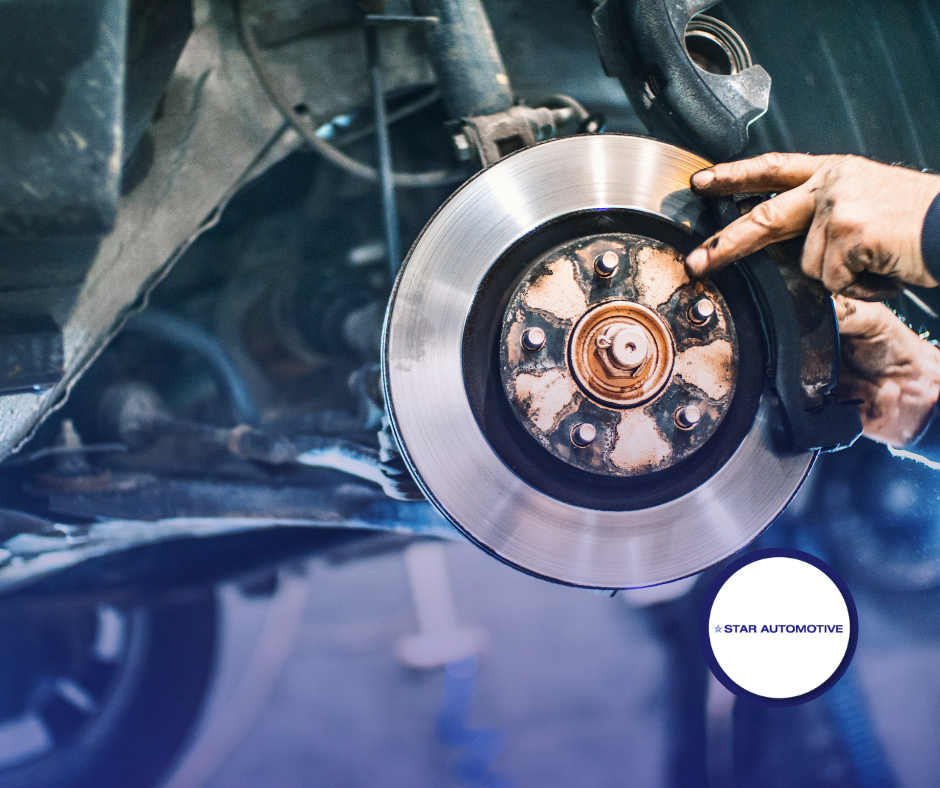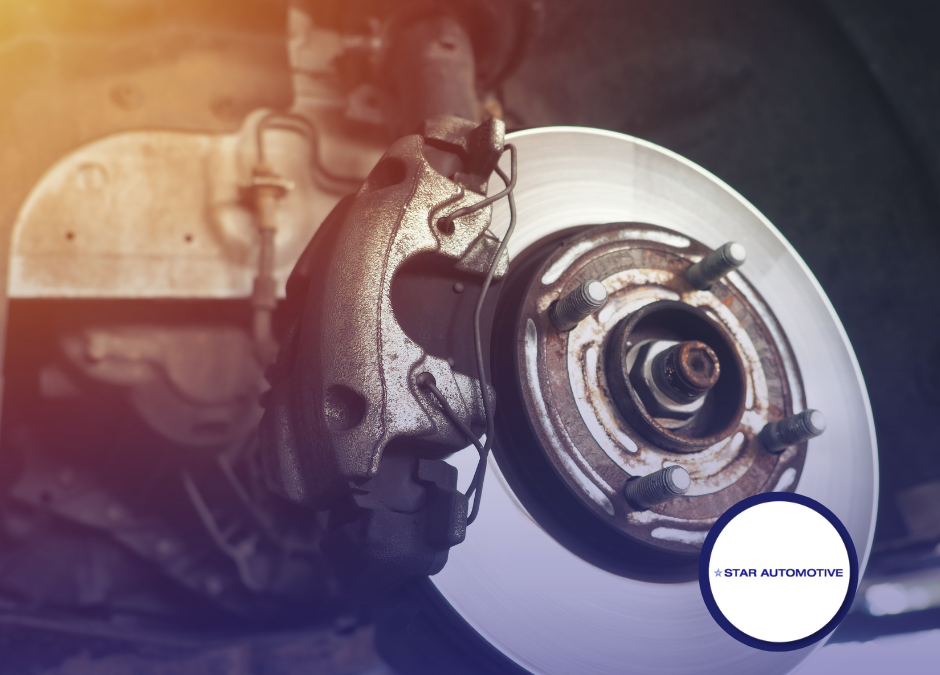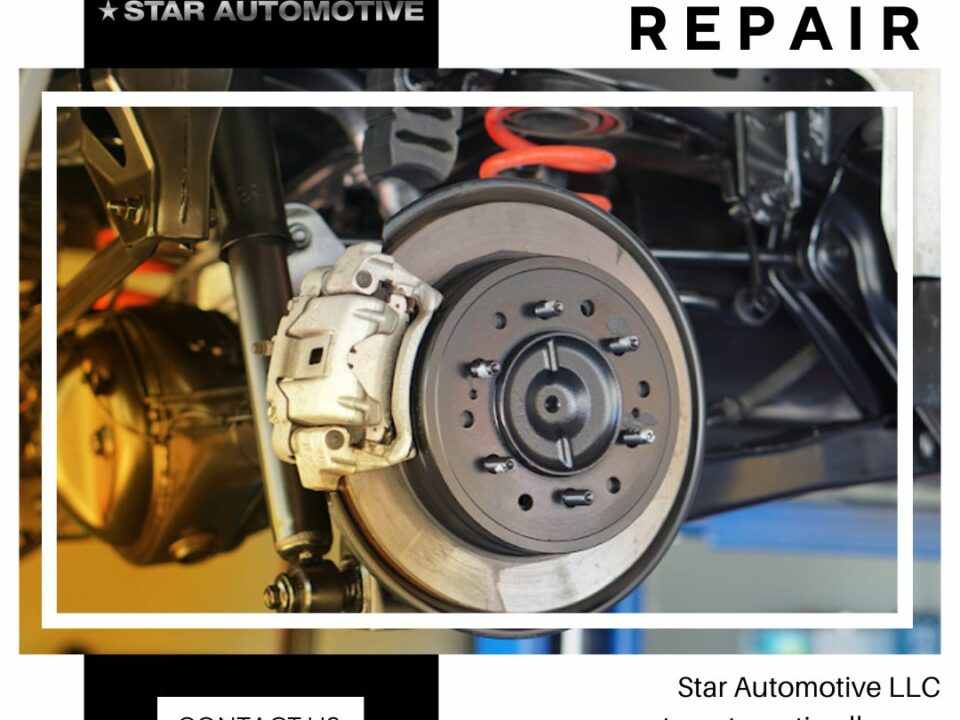
Top 10 Common Engine Problems and How to Fix Them Yourself
January 9, 2024
The Evolution of Automotive Brake Systems: From Drums to Discs
January 9, 2024Welcome to an in-depth exploration of the intricacies of automotive brake systems.
This technical guide will provide a comprehensive understanding of the essential components, their interconnected functionality, and the overall operation of car brake systems.
Designed for those who crave a sense of belonging in the automotive sphere, it aims to cultivate a knowledge base that enables confident and informed car-related discussions.
With a professional tone that reflects a seasoned understanding, this guide will take you on a journey from basic principles to advanced concepts, empowering you to grasp the mechanical underpinnings of one of the most critical safety features in your vehicle – the brake system.
Understanding the Brake System Components
How do the various components of a car’s brake system function to ensure safety and control while driving?
The brake system is composed of several intricate parts working in harmony. The pedal connects to the master cylinder, which holds the brake fluid. Upon pressing the pedal, the master cylinder releases this fluid, traveling through brake lines to the calipers.
The calipers, gripping the brake pads, apply pressure on the rotor attached to the wheel, thereby slowing or halting the vehicle. The system also includes an anti-lock braking system (ABS) for preventing wheel lock-up.
To belong in the community of knowledgeable drivers, it’s crucial to understand this system. Its optimal functioning depends on regular inspection, maintenance, and timely replacement of worn-out components.
Functionality of Car Brake Systems
Brake system functionality, a crucial aspect of vehicle safety, refers to the coordinated operation of various components that work together to slow down or stop a car when the brake pedal is pressed.
This process begins with the driver’s input, transmitted via the brake pedal to the master cylinder. The master cylinder, in turn, sends hydraulic pressure through the brake lines to the brake calipers or wheel cylinders.
These components apply force to the brake pads, creating friction with the brake rotors or drums. This friction converts the car’s kinetic energy into heat, subsequently slowing or ceasing vehicle motion.
The entire process is swift, efficient, and paramount to ensuring safe vehicle operation. Understanding this functionality is vital for every car owner and operator.




